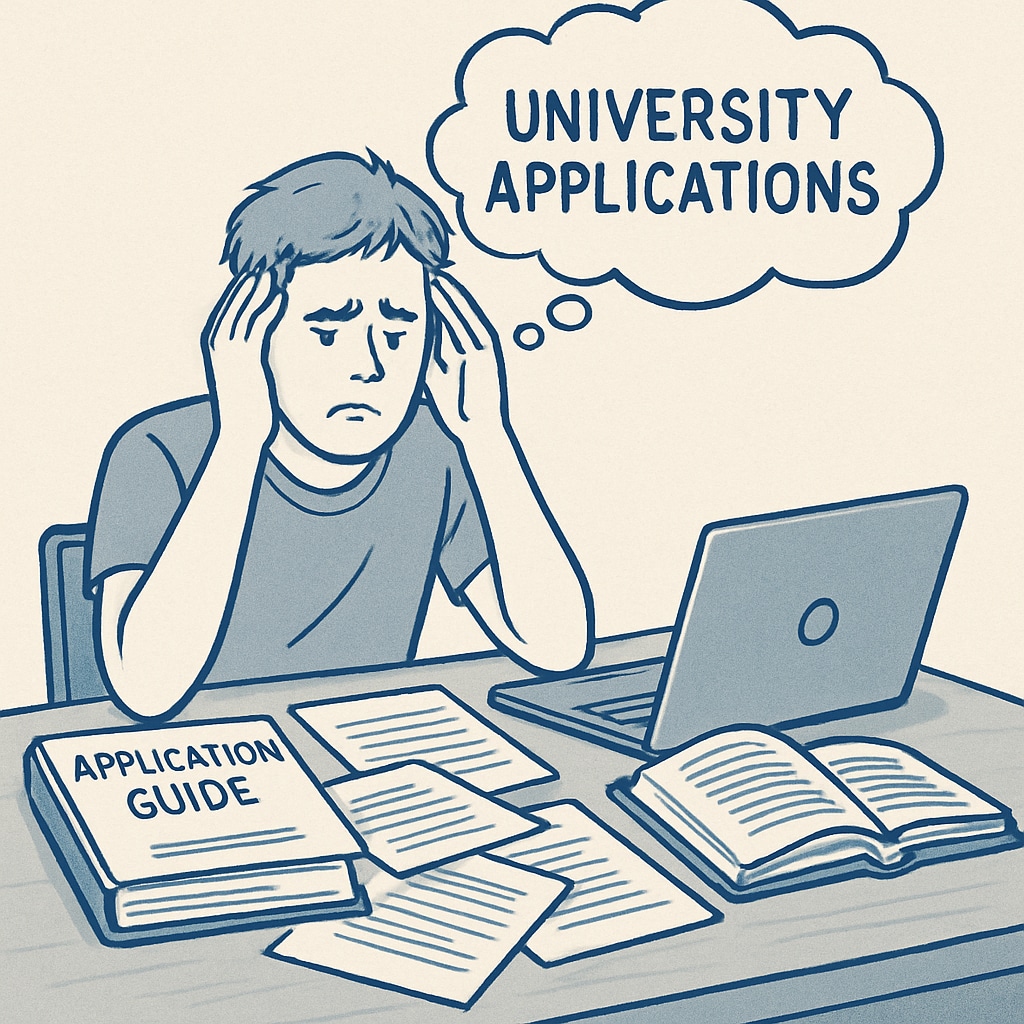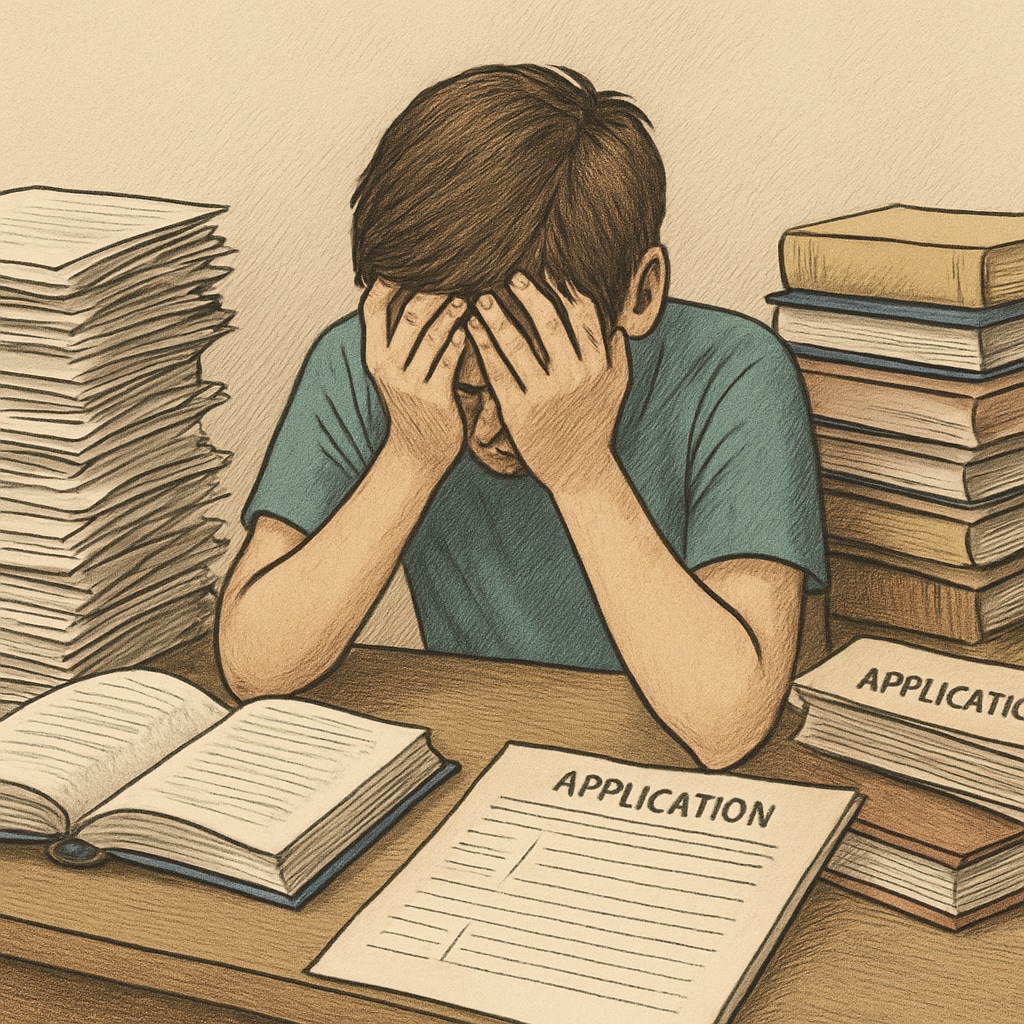Applying to university is often described as a stepping stone to a brighter future. However, for many K12 students, the process feels more like navigating a labyrinth with unnecessary complexities and unfair pressures. The current university application system has evolved into a convoluted mechanism that often overwhelms students and their families rather than serving as a bridge to higher education. This article explores how the system’s complexity affects young applicants, why it sparks dissatisfaction, and what can be done to simplify and reform it.
Why the University Application System Is Overwhelming
University application systems vary widely depending on the country, institution, and program. Yet, a common thread is the sheer volume of requirements and deadlines. K12 students are expected to manage academic transcripts, standardized test scores, essays, recommendation letters, extracurricular records, and more—each with its own unique format and submission process. These demands are compounded by the fact that many systems lack transparency, leaving students guessing about the weight each component carries in admissions decisions.

In addition, application portals, such as the Common App in the United States or UCAS in the United Kingdom, often require students to navigate intricate interfaces and supplemental forms for each institution. For example, students applying to multiple universities may face supplemental essays that differ drastically in tone and focus, adding layers of stress. As a result, the application process feels less like a path to opportunity and more like a test of endurance.
The Unfair Pressure on K12 Students
The excessive complexity of university applications places an unfair burden on students, particularly those from underserved or low-income backgrounds. Access to application resources, such as private counselors or prep services, can be prohibitively expensive, creating inequality between students who can afford additional support and those who cannot. This inequity further compounds the disadvantages faced by marginalized groups.
Moreover, the pressure to perform perfectly across multiple dimensions—academic, extracurricular, and personal—can take a toll on mental health. Research from organizations such as Britannica indicates that prolonged stress can lead to anxiety, depression, and burnout in young individuals. For students already coping with demanding school curricula, the application process becomes yet another source of undue strain, fostering dissatisfaction with what should be an exciting milestone in their lives.

Reforming the System for Transparency and Simplicity
How can the university application system be improved to better serve K12 students? Reforming this process requires a multi-faceted approach focused on simplicity, transparency, and equity.
- Simplified Portals: Institutions and governments should work toward unified application systems that standardize requirements and reduce duplication across universities. This would save time and minimize confusion.
- Clear Guidelines: Application portals should provide detailed, transparent explanations of how each component is weighted in admissions decisions. Students deserve to know what matters most to universities.
- Equity Measures: Schools and governments should offer free resources, such as workshops, essay review services, and test preparation, to level the playing field for all students.
- Focus on Mental Health: Universities should recognize the emotional toll of their processes and provide counseling resources for applicants managing stress.
In addition, greater collaboration between educational institutions and advocacy groups could lead to systemic changes that prioritize fairness and accessibility. For example, organizations like Wikipedia provide valuable insights into how admissions systems vary globally, which can serve as a basis for reform discussions.
Conclusion: A Bridge, Not a Barrier
University applications should be a bridge to higher education, not a barrier that discourages students from pursuing their dreams. The existing system is too complex, unfairly pressuring K12 students and amplifying inequalities. By simplifying processes, enhancing transparency, and prioritizing equity, educational institutions can transform the application experience into one that is empowering rather than overwhelming. Reforming the system is not just beneficial—it is essential to ensure that higher education remains accessible to all.
As the conversation around university admissions evolves, one thing is clear: change is needed. Students deserve a system that supports their aspirations, not one that stifles them with unnecessary complications.


